For Education Leaders
Get proven strategies and expert analysis from the host of the Learning Can't Wait podcast, delivered straight to your inbox.
Test Prep Programs
Raise Scores, Lower Stress
- Customized state-aligned prep plans
- Flexible virtual delivery
- Measurable gains + teacher PD
Educational Technology Grants: E-Rate Program Funding

School administrators face a challenge: balancing tight budgets with the need for robust technology infrastructure and high-quality instruction. As digital learning becomes central to education, the demand for reliable connectivity has increased. However, financial resources remain limited.
The E-Rate program funding is a significant source of technology funding for US schools and libraries. Many administrators find the program complex, with specialized terminology, strict timelines, and detailed application requirements creating barriers to accessing these funds.
This guide aims to demystify the E-Rate program by explaining its funding, application process, and showing how to use the savings to address needs like teacher shortages and learning gaps. By leveraging this program effectively, you can transform your technology budget and create new opportunities for your students and staff.
What is the E-Rate Program?
The E-Rate program, formally the Schools and Libraries Program, is a federal funding initiative administered by the Universal Service Administrative Company (USAC) under the Federal Communications Commission (FCC). Established by the Telecommunications Act of 1996, its mission is to ensure schools and libraries obtain affordable broadband internet access and telecommunications services, regardless of location or economic circumstances.
E-Rate provides discounts on eligible services ranging from 20% to 90%, based on the economic need in the school community. The discount rate is based on the percentage of students eligible for the National School Lunch Program (NSLP) and whether the school is in an urban or rural area. With annual funding of about $4 billion, the USAC E-Rate program is one of the largest sources of educational technology grants in the nation.
Who is Eligible for E-Rate Program Funding?
E-Rate eligibility is straightforward, making it an accessible funding source for the majority of schools nationwide.
Eligible entities include:
- Elementary and secondary schools: Public, private, and charter schools with non-profit status can apply.
- School districts: Districts can apply on behalf of multiple schools.
- Libraries: Public libraries and library consortia meeting the statutory definition of a library.
- Consortia: Groups of schools and/or libraries that band together for procurement.
The core E-Rate eligibility criteria for schools include having an endowment under $50 million for private schools and meeting state-established elementary or secondary education standards. Most K-12 public and private non-profit institutions meet these requirements, making E-Rate an option for nearly all schools serving kindergarten through grade 12.
Understanding E-Rate Categories: What's Funded?
E-Rate funding is divided into two categories covering different technology and services. Understanding these categories is essential for planning your applications and maximizing your funding. The eligible services are detailed in the Eligible Services List (ESL), updated annually by the FCC.
Category One (C1): Connecting Your School to the World
Category One funding addresses services providing broadband connectivity to the school or library building. This represents the critical digital pipeline connecting your campus to the wider internet and is the foundation for online learning, administrative functions, and digital communications.
Common C1 eligible services include:
- Data transmission services and internet access (e.g., fiber, coaxial cable, wireless)
- Leased lit or dark fiber
- Business-class broadband internet
- Self-provisioned broadband networks (under certain conditions)
- Voice services (now ineligible)
Category One is valuable because it has no budget cap. Schools can request C1 services based on their needs, with the discount percentage as the only limit. This makes E-Rate an essential resource for school internet funding, particularly for rural or high-poverty districts that struggle to afford adequate connectivity.
Category Two (C2): Bringing Connectivity into the Classroom
Category Two funding covers the equipment and services needed to distribute the broadband connection within the school, bringing internet access to every classroom, library, and learning space on campus.
Common C2 eligible services and equipment include:
- Access points, antennas, and wireless controller systems
- Routers and switches
- Firewall services and components
- Racks and uninterruptible power supply (UPS) for eligible equipment
- Cabling, connectors, and related components
- Basic maintenance of eligible equipment
- Managed internal broadband services (MIBS)
Unlike Category One, C2 funding operates on a budget system. Each school receives a five-year budget allocation based on a per-student formula (currently $167.00 for FY2023, with a floor of $25,000 per school). This structure allows for long-term planning, giving schools flexibility to deploy their C2 funds strategically across multiple years.
The E-Rate Application Process: A Step-by-Step Guide
The E-Rate application process follows a structured annual cycle with specific forms and deadlines. Breaking it down into manageable steps makes it more approachable. The most critical timeline element is the annual "application window" for Form 471, which typically opens in January and closes in March (though specific dates vary each funding year).
Step 1: Filing FCC Form 470 (The "Shopping List")
The first formal step in the E-Rate process is filing FCC Form 470, "Description of Services Requested and Certification." This form publicly notifies potential service providers about the services and equipment you intend to purchase and initiates the required competitive bidding process.
Key points about Form 470:
- Must be posted on the USAC website for at least 28 days before selecting a service provider.
- Can be filed anytime, but should be early enough for the bidding period and next steps.
- Clearly describe your requirements to attract appropriate vendor responses.
- You can request help developing requirements. You don’t need to know exactly what you need.
Step 2: Selecting a Service Provider
After your Form 470 has been posted for at least 28 days, you can evaluate the bids and select your service provider(s). This selection must follow a competitive bidding process where price is the most important factor, but you can also consider technical capabilities, reliability, and prior experience.
Important considerations:
- Thoroughly document your evaluation process.
- Price must be the primary factor, weighted more heavily than any other single factor.
- Maintain records of all bids received, including those not selected.
- Identify potential conflicts of interest and ensure they do not influence the selection.
Step 3: Filing FCC Form 471 (The "Funding Request")
After you select your service provider(s), file FCC Form 471, "Services Ordered and Certification." This core application form requests funding for specific services and equipment. Form 471 must be filed during the annual application window, typically from January to March.
This form requires detailed information including:
- Requested services and equipment
- Costs and contract information
- Your school's discount percentage calculation
- Service start and end dates
- Detailed descriptions of how the technology will be used
The timing of Form 471 submission is critical. Applications filed after the window closes are denied unless there are extenuating circumstances.
Step 4: Application Review and Funding Commitment
After you submit your Form 471, USAC reviews your application for program compliance through a Program Integrity Assurance (PIA) process. This review includes requests for additional information or documentation.
If your application is approved, you'll receive a Funding Commitment Decision Letter (FCDL) detailing the approved services and amounts. After receiving your FCDL, you need to:
- File Form 486 to confirm services have started and you are complying with CIPA (Children's Internet Protection Act) requirements.
- Work with your service provider to receive the discounted rate directly on your bill or file Form 472 (BEAR) for reimbursement of costs paid.
Maintaining detailed documentation is essential for successful funding and potential audits.
E-Rate Savings Create New Opportunities
The true power of E-Rate program funding extends beyond just paying for internet access. The significant discounts on mandatory technology infrastructure, up to 90% for schools with high economic need, free up funds in a district's general operating budget for other educational priorities.
Consider what your district could do with the thousands or hundreds of thousands saved on connectivity costs. These freed-up funds create a strategic opportunity to address education's pressing challenges:
- Filling persistent teacher vacancies in hard-to-staff subjects like math, science, and special education.
- Implement intensive tutoring programs to accelerate learning recovery and close achievement gaps.
- Providing specialized services for students with disabilities and ensuring complete IEP fulfillment.
- Expanding course offerings to include advanced placement, foreign languages, or career and technical education classes.
- Supporting professional development to enhance teaching effectiveness
A partner like Fullmind becomes invaluable. Fullmind provides flexible solutions tailored to your district's needs with a nationwide network of state-certified virtual educators. Schools can fund live, certified virtual teachers for hard-to-fill positions, implement specialized SWD services, or launch effective high-dosage tutoring programs without straining their budget using E-Rate savings.
Discover how Fullmind's customized learning solutions can help your district maximize your budget's impact. Contact us for a consultation today.
E-Rate Program Funding FAQs
How are E-Rate discount levels calculated?
E-Rate discount levels: the percentage of students eligible for the National School Lunch Program (NSLP) and whether the school is in a rural or urban area. Discounts range from 20% to 90%, with higher discounts for schools with more low-income students. Rural schools receive an additional 5-10% discount compared to urban schools with the same economic need. For districts with multiple schools, the discount is calculated using a weighted average based on student numbers.
What is the timeline for a typical E-Rate funding year?
The E-Rate funding year (FY) runs from July 1 to June 30. The application process follows this timeline:
- July-October: The FCC releases the Eligible Services List for the upcoming funding year.
- October-January: Schools post Form 470 to start the competitive bidding process.
- January-March: The Form 471 filing window opens and closes (dates vary each year)
- April-June: Application reviews and funding decisions
- July 1: Start of the funding year; services can begin.
- October 28: Deadline to file Form 471 for the previous funding year.
Planning ahead is crucial, as the process begins nearly a year before the funding year starts.
Is E-Rate the same as the Emergency Connectivity Fund (ECF)?
No. While both are administered by USAC, they are separate programs with different purposes. The Emergency Connectivity Fund was a temporary $7.17 billion program created in response to COVID-19 to help schools and libraries provide off-campus connectivity (such as hotspots, modems, routers, and connected devices) for remote learning. In contrast, E-Rate is the permanent, ongoing program focused on on-campus connectivity. The ECF program has ended, while E-Rate continues as a regular annual funding opportunity.
Can E-Rate pay for teacher salaries or student devices like laptops?
No. E-Rate funds are limited to connectivity to and within schools, not end-user devices, software, or personnel salaries. Chromebooks, iPads, teacher computers, classroom software, and staffing costs aren’t eligible for E-Rate funding. However, the savings from E-Rate allow districts to afford these resources by freeing up general fund dollars otherwise spent on networking infrastructure.
Conclusion
The E-Rate program is an essential and accessible tool for building the technological foundation of modern education. School leaders can secure significant discounts on critical connectivity infrastructure, creating a strong digital backbone for their educational community by understanding the program's structure, eligibility, and application process.
Smart E-Rate funding isn't just about technology. It's about creating financial flexibility to invest in what matters most: student success through high-quality instruction and support. By leveraging E-Rate discounts, forward-thinking administrators can transform their budgets, redirect resources to pressing educational challenges, and build stronger, more resilient learning environments for all students.
For Education Leaders
Get proven strategies and expert analysis from the host of the Learning Can't Wait podcast, delivered straight to your inbox.
Let’s Work Together
We’ll review your application and get in touch!

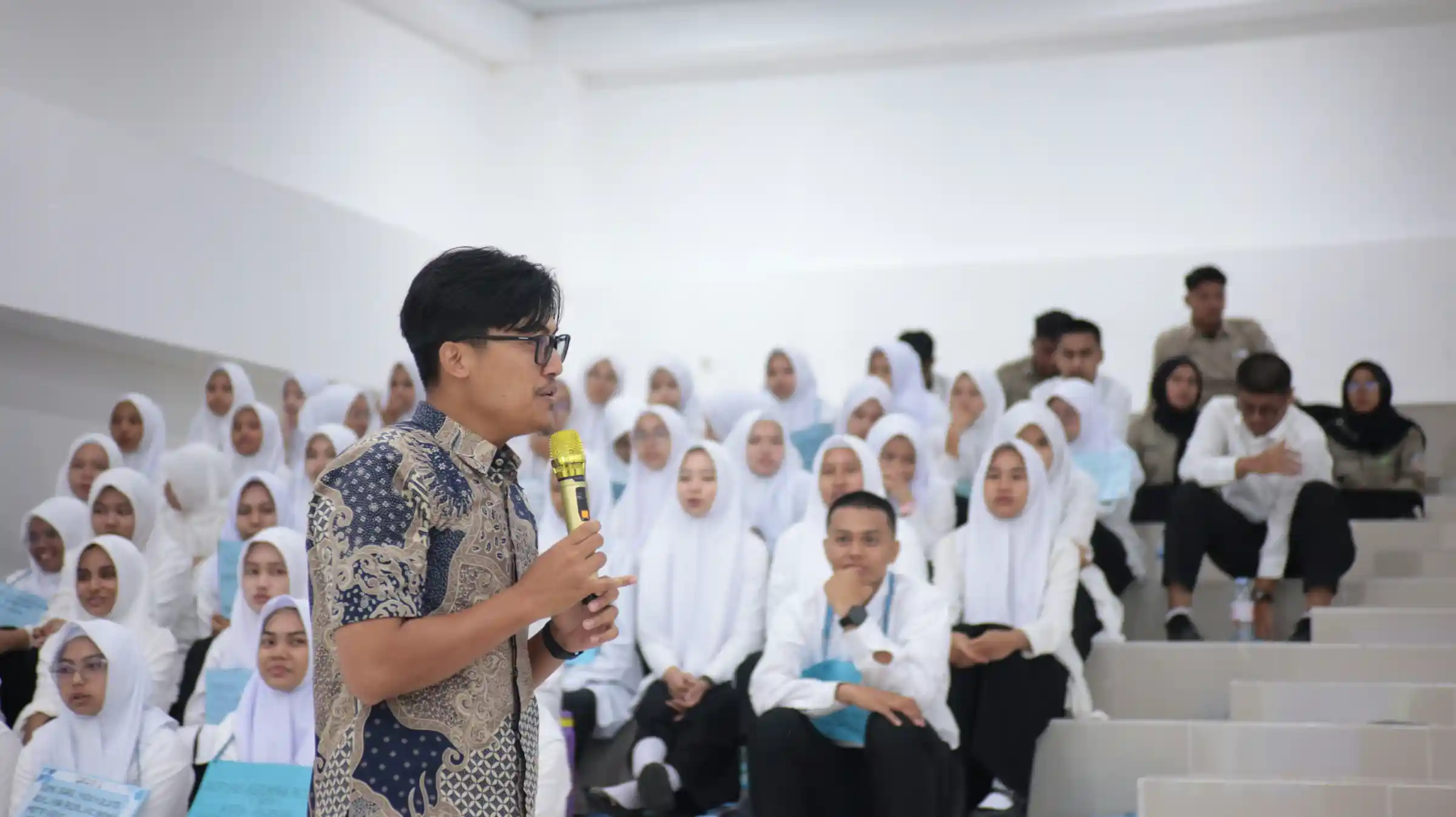


.webp)


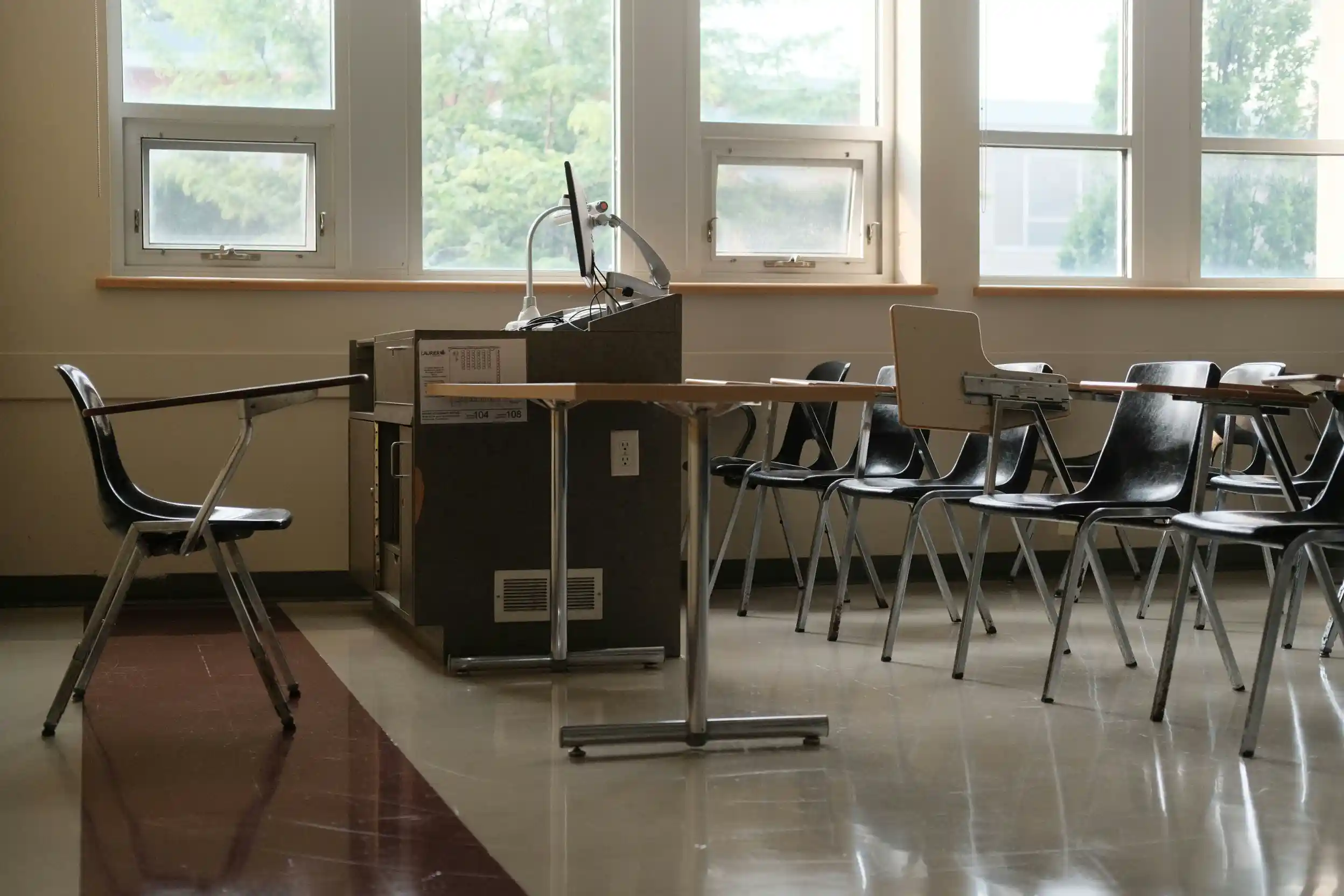

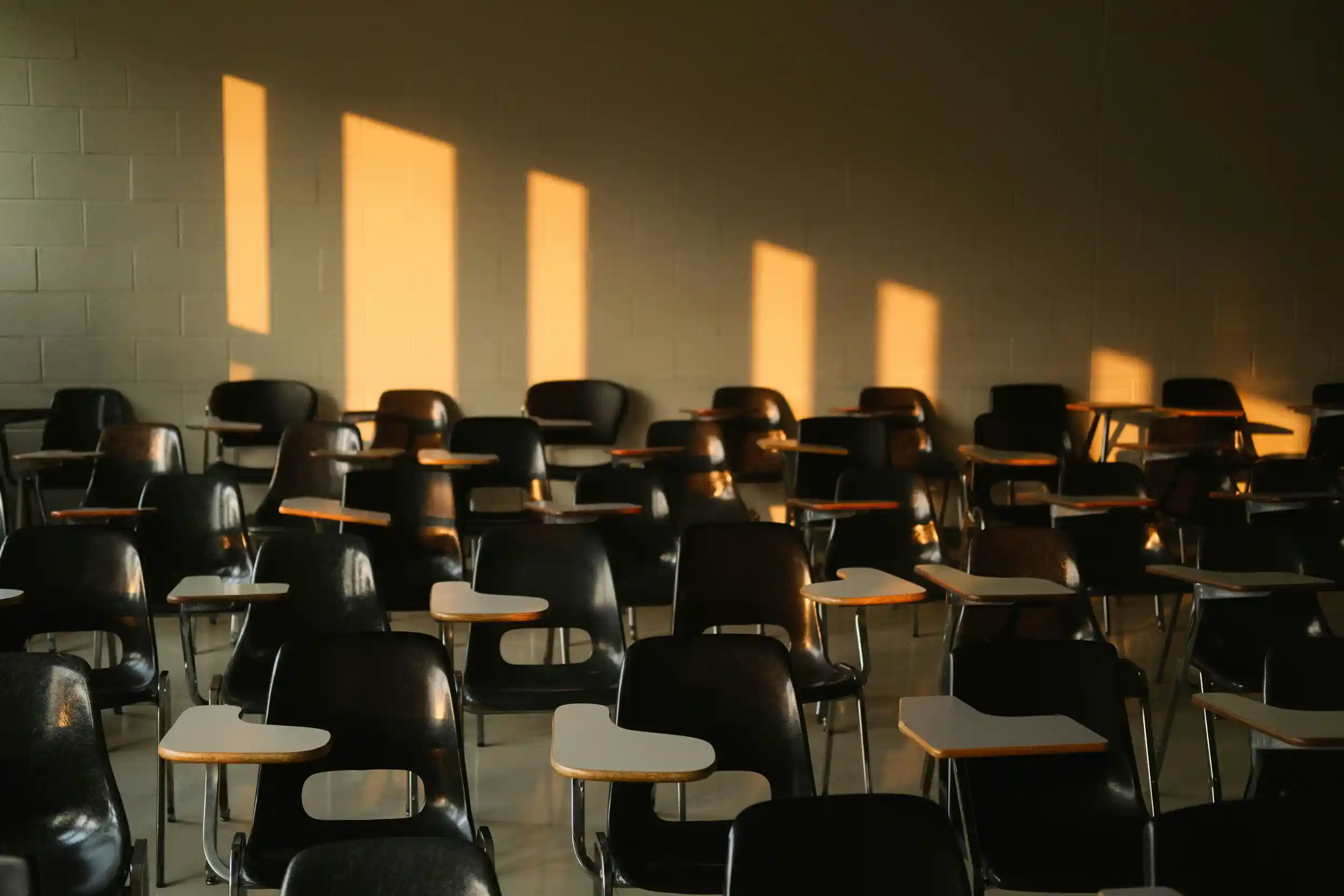








.webp)



















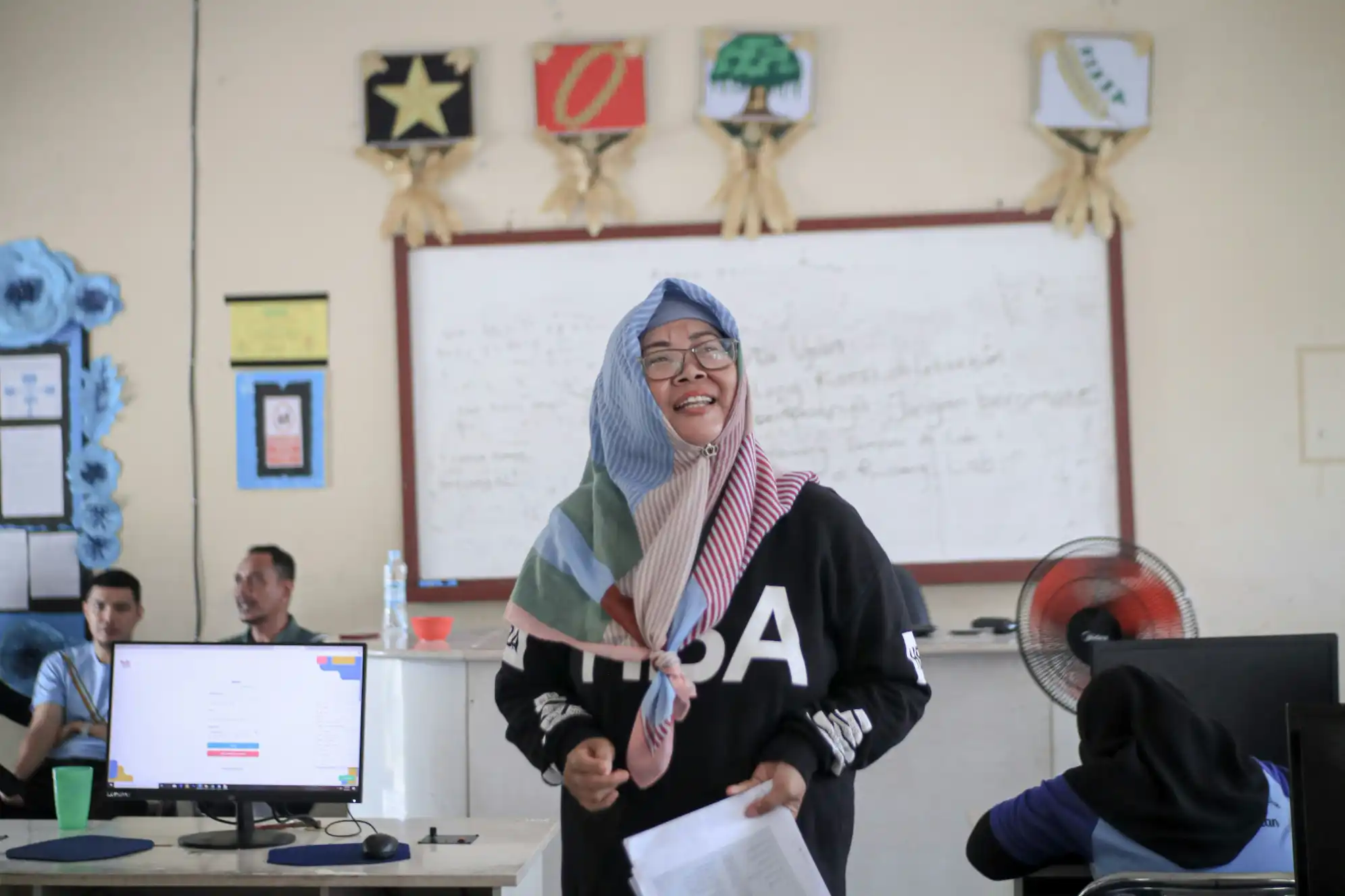






.webp)



%20.webp)





















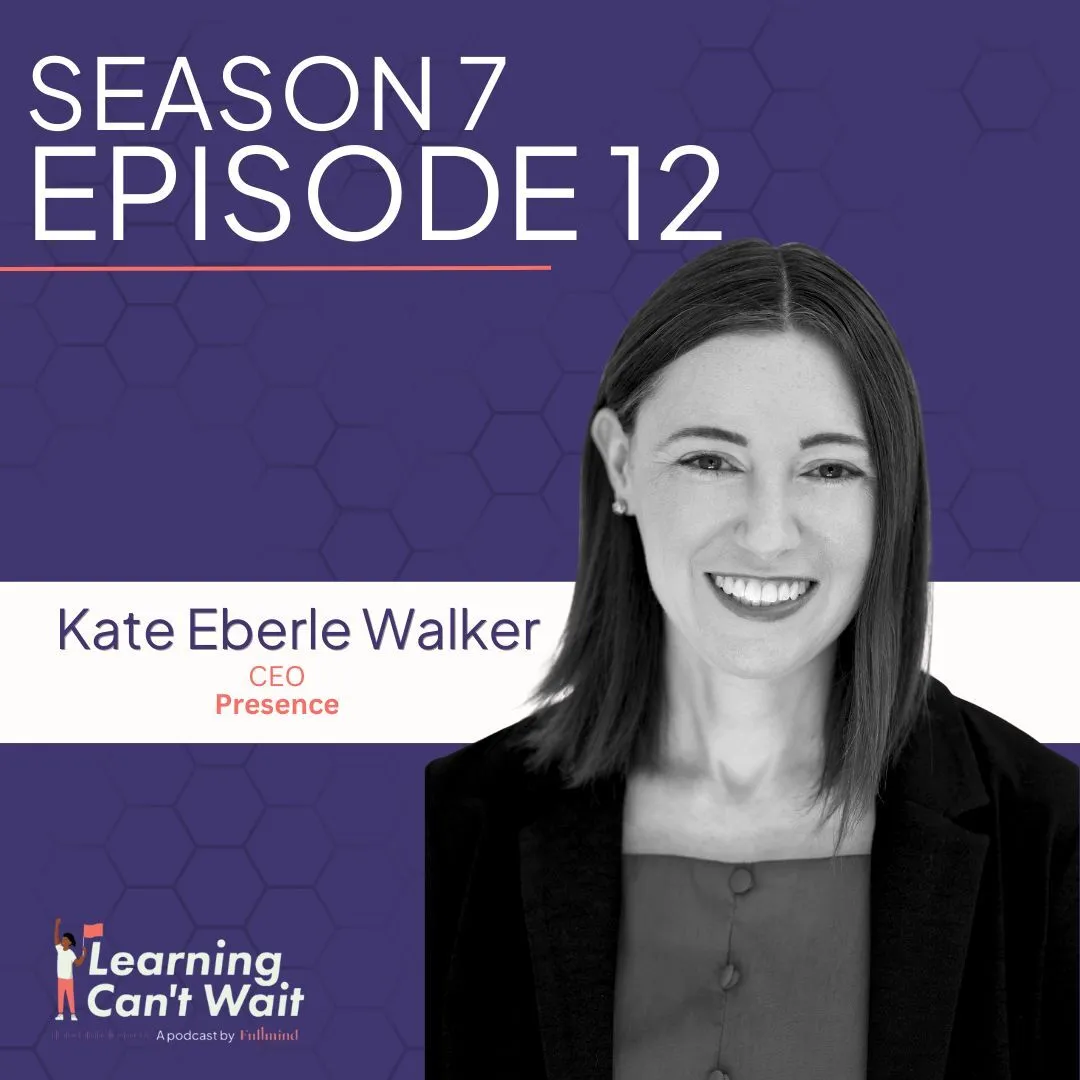
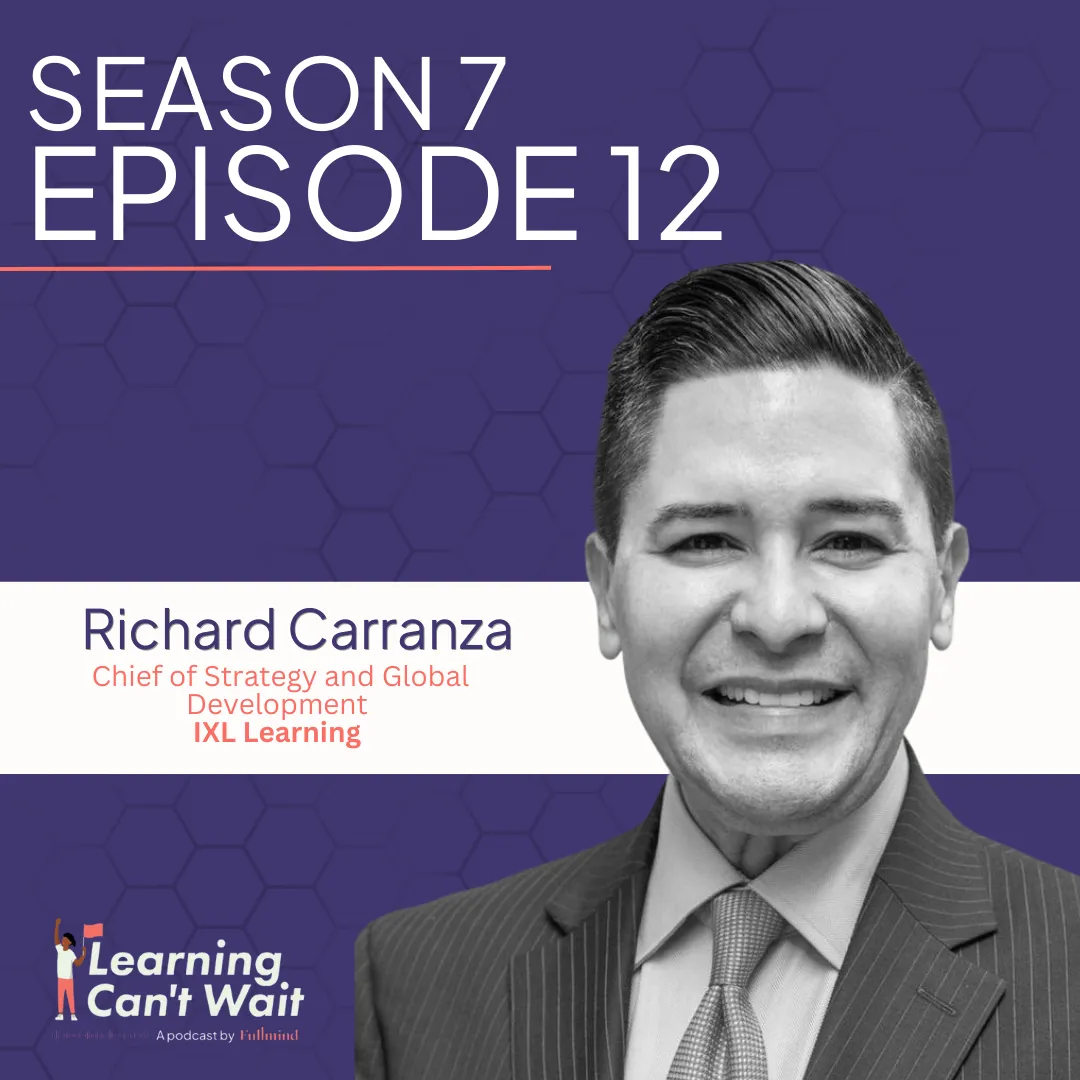







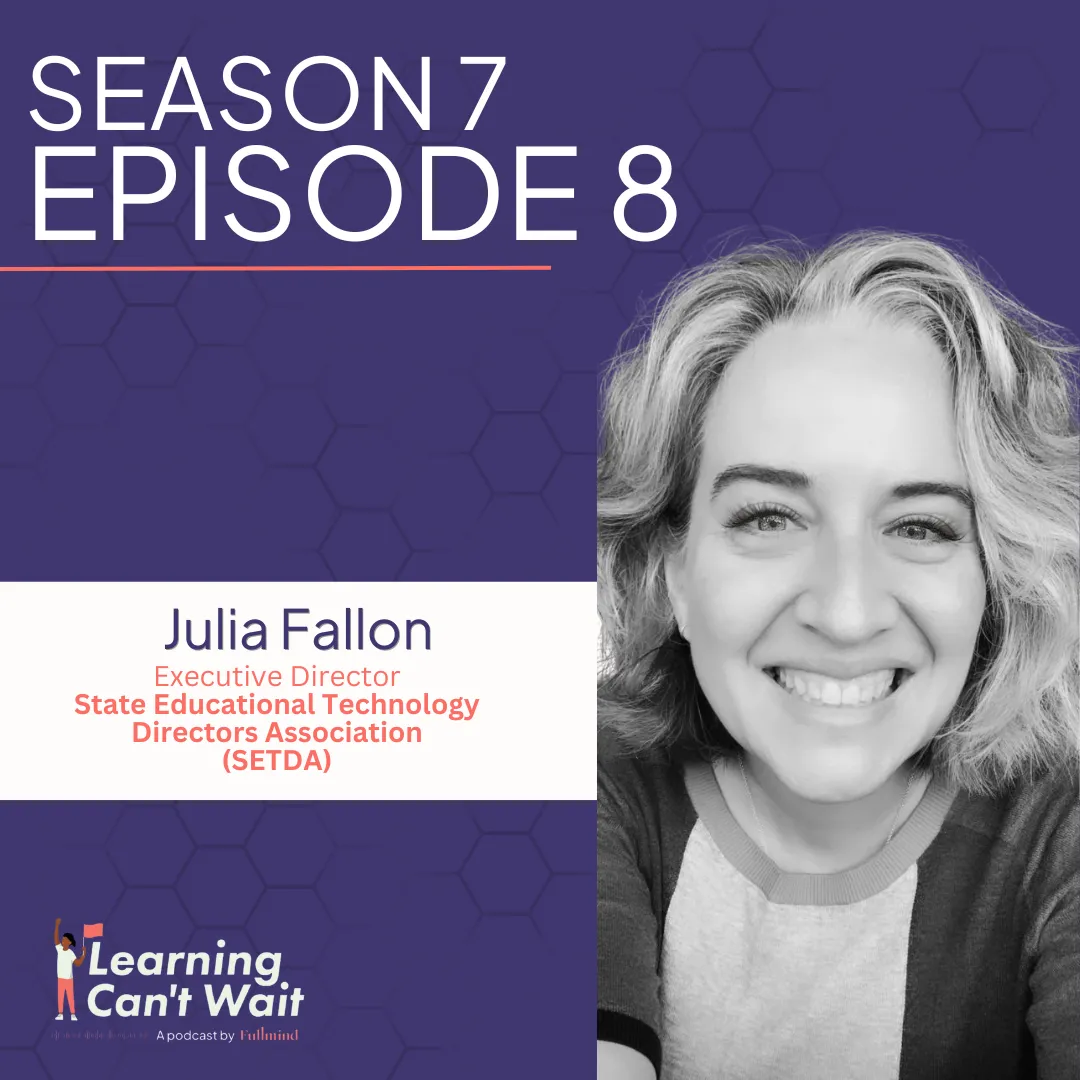






.webp)


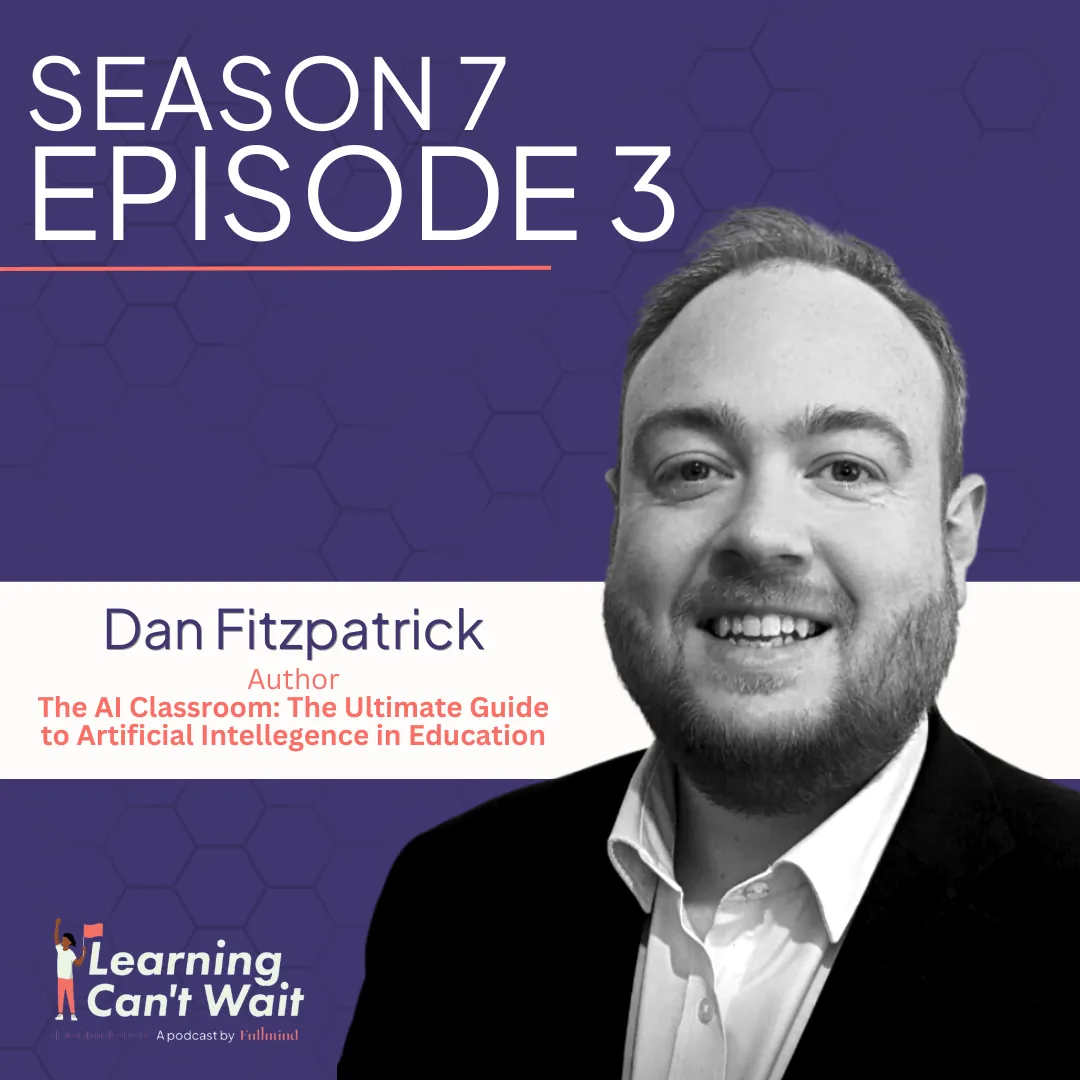

.webp)


.webp)


.webp)
